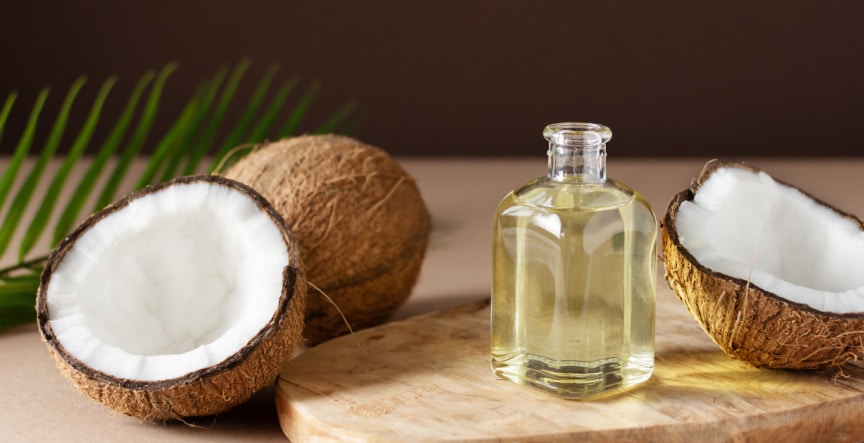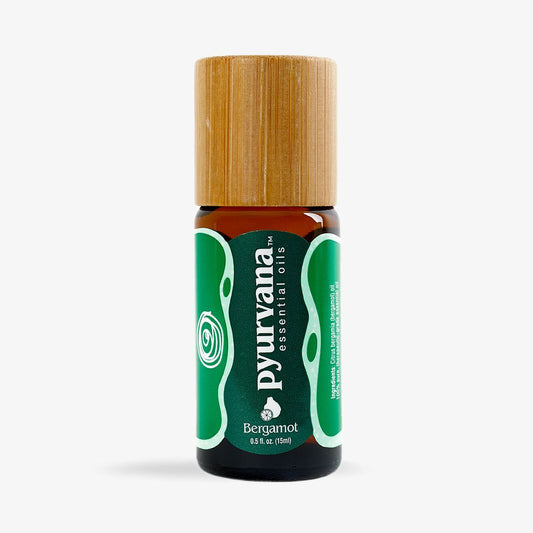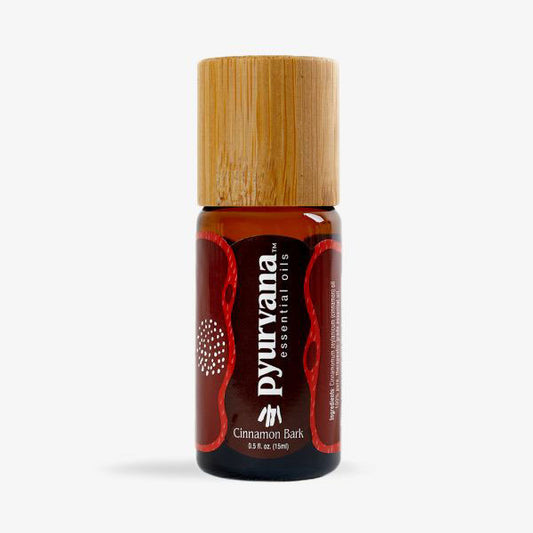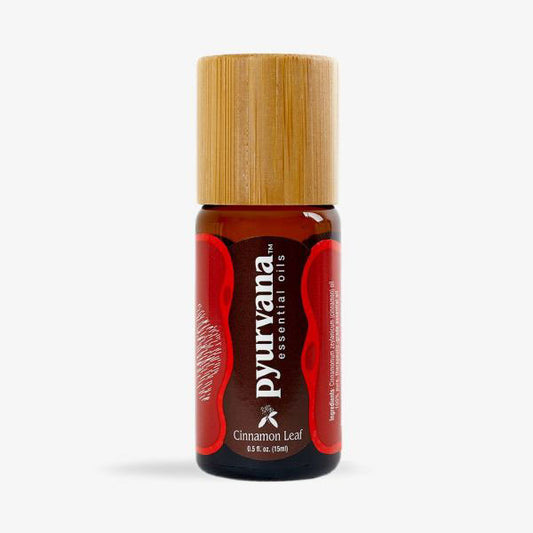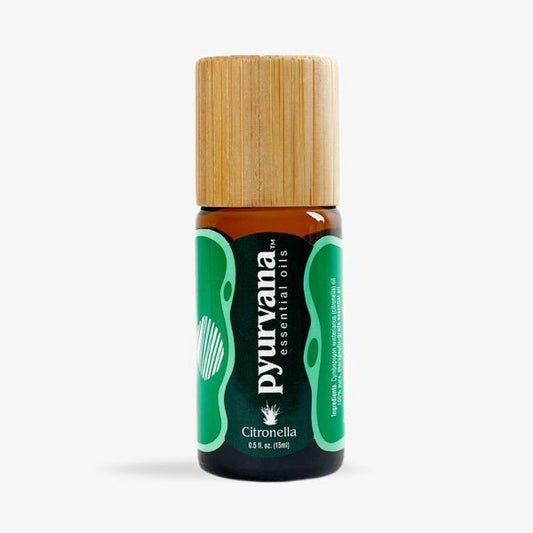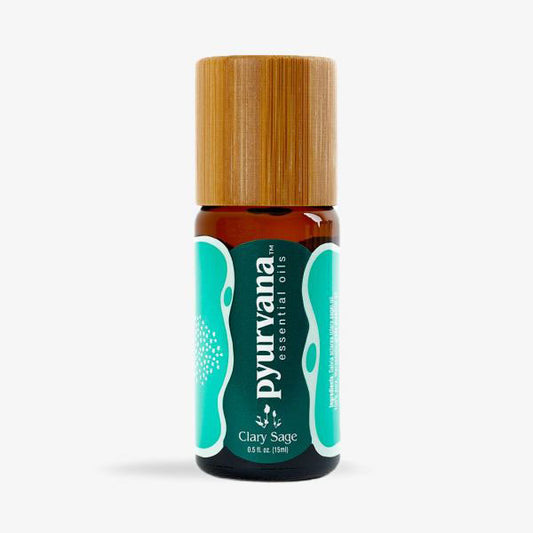From insect repellents to massage oils to cleaning solutions, essential oils have many great benefits. Due to their extremely concentrated nature, however, they can cause harm if not used properly. That is why dilution is crucial.
All oils need to be diluted when used topically on the skin. Dilution is the process of combining pure essential oils with another substance to make them safer for use.
The Importance of Diluting Oils
Essential oils are often 50 to 100 times more concentrated than the plant they were extracted from. Due to this extreme concentration, they can cause an adverse reaction when applied directly to your body. This includes skin irritation and sensitivity, or potentially developing an allergic reaction.
To avoid these side effects, it is important to dilute your oils before use. Dilution has other benefits in addition to making oils safer, including toning down the aroma and enhancing the experience.
Aroma
Another important aspect of dilution is toning down the aroma of the oils. 100% pure essential oils have a very strong and long-lasting scent and can be overpowering if applied directly. Inhaling this concentration may lead to unpleasant reactions like headaches, light-headedness, or nausea. Diluting essential oils can save your sense of smell from being overpowered.
Enhanced Experience
An advantage of dilution is that it can enhance the experience of using essential oils. Oil is a volatile substance, which means it is easily evaporated. Mixing it with less volatile material makes it last longer, allowing it to absorb more and permeate your skin for longer.
Dilution can also save you money. It extends the lifetime of your oil because you are only using a small amount each time. In addition, most dilution materials have a long shelf life and when mixed together, can make your oils last longer as well. Just make sure to store the mixture in an airtight glass container.
Methods of Diluting Oils
How much to dilute your oils and what to use to do so depends on how you are using the oils. Three of the most popular application methods, topical, non-topical, and using a diffuser, require different levels of dilution.
Topical Use
Topical use refers to using oils on your skin, including lotion, massage oil, or just rubbing them on your skin. Diluting oils for topical application is best done by mixing them with a carrier oil. Using a carrier oil helps with absorption and allows the oils to be spread over a larger area of your body.
At Pyurvana, we recommend 1% dilution. This is a dilution ratio of three drops of any of our essential oils with one teaspoon of the carrier oil of your choice. This ratio works great for facial applications, as well as for both daily and long-term use. You can lower the oil concentration based on your skin sensitivity.
Carrier Oils
Carrier oils act as a scent-free vehicle for application. They get their name from carrying the essential oils so that they can be absorbed. Popular carrier oil options include coconut, jojoba, and hemp seed oil. It is also possible to mix different carrier oils together to get a texture that better suits your needs.
Coconut Oil
Coconut oil has a silky texture and is very moisturizing. It is a great option for massage and body oils, as well as for hair care like conditioning treatments.
Jojoba Oil
Jojoba, on the other hand, is well-suited for aromatherapy and purifying the skin. This is due to the stearic acid it contains. It can help unclog your pores or remove makeup when used on its own.
Non-Topical Use
Even if you aren't applying the essential oil directly to your skin, it is still important to use a diluted formula. Non-topical uses include air sprays, insect repellents, and cleaning solutions. In these cases, you dilute with water rather than using a carrier oil, and we recommend approximately 20 drops of oil for every 2 cups of water. Depending on what type of solution you are making, you might need to add other ingredients as necessary. For example, salt and witch hazel can both act as emulsifiers, helping the essential oil mix with the water.
Diffuser
Diluting oils is also important when you are using them in a diffuser. While you don’t use a carrier oil for this, the oils are diluted depending on the amount of water in your diffuser. We recommend using 2-3 drops for every 100 ml of water in the tank.
Adding too many drops of oil to your diffuser at once can lead to an overly potent smell. In addition, make sure not to diffuse longer than a few hours at a time or you run the risk of overexposure, which can damage the diffuser.
Testing Diluted Oils
Everyone has a different level of skin sensitivity. An important step before using the mixture is testing it to make sure you find the dilution ratio that works best for you.
To test the dilution ratio, administer a patch test. This involves applying the diluted oil to a cotton swab, and then rubbing it on a small area of your skin, such as the inside of your wrist. If the area becomes irritated or breaks out in a rash after application, immediately wash off the oil and contact your doctor. If after 48 hours you have not noticed any negative skin reactions, you can apply the diluted oil more widely on your body.
Dilute Your Essential Oils With Pyurvana
In addition to our wide selection of 100% pure essential oils, we also offer coconut and jojoba carrier oils at Pyurvana. We strive to provide high-quality products, so our carrier oils will help make your experience safer and more enjoyable.
Learn more about our selection of carrier and essential oils by browsing our website.

